Creating a lush, green yard starts with properly planting your lawn. Whether starting from scratch or renovating an existing lawn, understanding the fundamentals and following the right steps can make all the difference. This comprehensive guide will walk you through the entire process, from preparation to post-planting care.
Additionally, you will learn how to plant a lawn, whether from seed, sod, or plugs and discover the best time to plant a lawn for optimal growth. With tips on planting a new lawn over an old lawn and using lawn fertilizer, this guide covers everything you need to achieve a beautiful, thriving yard.
Understanding Lawn Basics
Before diving into the planting process, it’s essential to understand the basics of lawn care. Knowing the different types of grass, the best planting methods, and the appropriate care techniques will set you up for success. This foundational knowledge is crucial for achieving a healthy and vibrant lawn.
Preparation for Planting
Proper preparation is crucial for successful lawn planting. This involves evaluating and preparing your soil to create the best possible environment for grass growth. By conducting soil tests and adequately preparing the soil, you ensure that your grass has the necessary nutrients and conditions to thrive.
Soil Testing
Testing your soil is the first step in preparing to plant a lawn. A soil test will provide valuable information about pH levels and nutrient content, helping you address deficiencies before planting. It’s essential to ensure your grass has the optimal conditions to thrive.
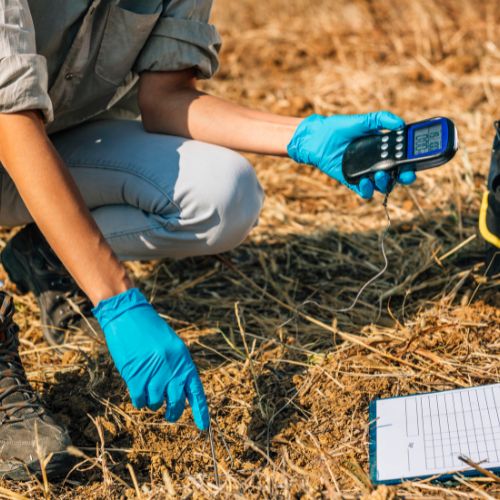

Soil Preparation
Once you understand your soil’s condition, it’s time to prepare it for planting. This involves removing existing vegetation, tilling the soil to a depth of about 4-6 inches, and incorporating organic matter or fertilizers as needed. Proper soil preparation creates a healthy foundation for your new lawn.
Choosing the Right Grass
Selecting the right type of grass is a key factor in achieving a lush, green lawn. Whether you choose to plant from seed, sod, or plugs, it’s important to pick a grass variety that suits your climate and soil conditions. Understanding the benefits and drawbacks of each option will help you make the best choice for your specific needs.
Seed vs. Sod vs. Plugs
When deciding how to plant a lawn, you have three main options: seeds, sod, and plugs. Seeds are cost-effective and ideal for large areas but require patience and care. Sod offers an instant lawn and is great for immediate results, while plugs are small sections of sod that can fill in over time. Each method has benefits, so choose based on your timeline and budget.
Best Grass Types by Region
Selecting the right grass type for your region is crucial for a successful lawn. Cool-season grasses like Kentucky Bluegrass thrive in northern climates, while warm-season grasses like Bermuda and Zoysia are better suited for southern regions. Understanding the best grass types by region will help you make an informed choice.
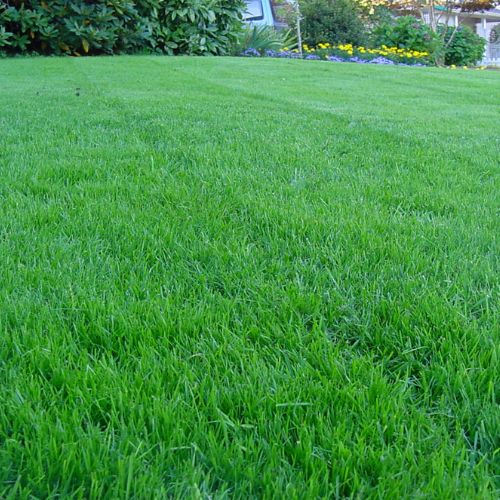
Planting Process
The process of planting a lawn can vary depending on whether you are using seeds, sod, or plugs. Each method requires specific steps to ensure successful establishment. By following the correct planting procedures, you can create a healthy, well-established lawn that will be easier to maintain and enjoy.
Seeding
Seeding is a popular method for planting a new lawn. To plant grass seeds, spread them evenly over the prepared soil and lightly rake them in. Water the area gently to keep the soil moist but not saturated. Over time, the seeds will germinate and grow into a lush lawn.
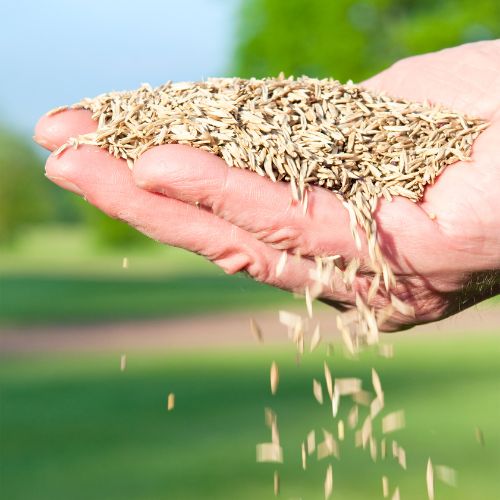
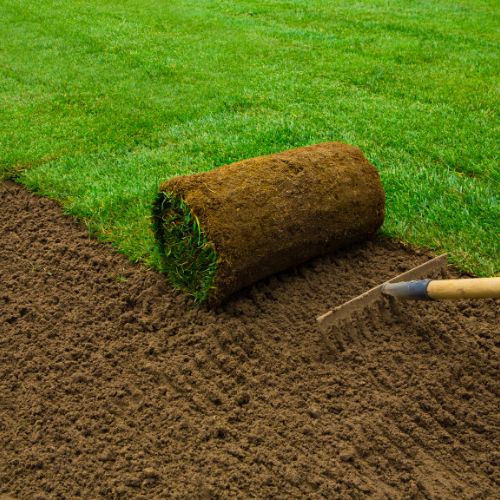
Laying Sod
For those wondering how to plant a lawn from sod, the process is straightforward. Lay the sod pieces tightly together on the prepared soil, staggering the seams like bricks. Water immediately after laying and continue to keep the sod moist until it establishes roots.
Installing Plugs
Installing plugs is another effective method for lawn planting. Space the plugs about 6-12 inches apart in the prepared soil. Water them regularly and be patient, as plugs take time to spread and cover the area fully.

Post-Planting Care
Once your lawn is planted, proper care is essential to ensure its growth and health. This includes regular watering, fertilizing, and mowing. Post-planting care is critical to helping your lawn establish strong roots and a dense, lush appearance. Understanding these care practices will keep your lawn thriving.
Watering
Proper watering is critical in the early stages of lawn establishment. Water your new lawn daily for the first few weeks to moisten the soil. Gradually reduce the frequency as the grass begins to establish roots.
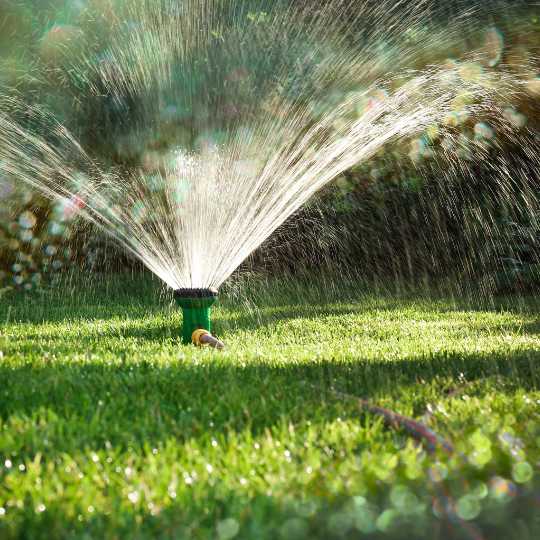

Fertilizing
Fertilizing your lawn helps provide the necessary nutrients for growth. Use a balanced lawn fertilizer and follow the manufacturer’s instructions. While you can use lawn fertilizer on plants, it’s best to use products specifically designed for your grass type for optimal results.
Mowing
Once your grass reaches about 3 inches, it’s time for the first mow. Set your mower blades high to avoid stressing the young grass. Regular mowing promotes healthy growth and helps establish a dense, lush lawn.

Common Challenges and Solutions
Establishing a new lawn can have challenges like weeds, pests, and uneven growth. Addressing these issues promptly with appropriate treatments and adjustments in care can help maintain your lawn’s health. Regular monitoring and maintenance are key to overcoming these challenges.
- Weed Control: Frequent weeding and pre-emergent herbicides can prevent weeds from taking over the lawn. Identifying the types of weeds can help you choose the right treatment.
- Pest Management: Watch for signs of insect damage, such as discolored grass or bare patches. Applying appropriate insecticides or natural remedies like neem oil can mitigate pest problems.
- Watering Issues: Overwatering or underwatering can lead to poor root development and disease. A watering schedule based on the weather conditions and soil type can promote healthy growth.
- Fertilization: Proper fertilization provides essential nutrients for lawn growth but must be balanced to avoid overfeeding, which can harm the grass. Use a slow-release fertilizer that matches the specific needs of your soil and grass type.
- Soil Health: Regularly testing the soil’s pH and nutrient levels can guide you in making necessary adjustments with lime or other soil amendments.
- Mowing Techniques: Mow at the correct height for your specific grass type to encourage healthy roots and prevent stress. Keeping mower blades sharp ensures clean cuts and reduces the risk of disease.
- Aeration and Overseeding: Aerating the soil every few years helps relieve compaction and promotes root growth. Overseeding thin areas can help establish a denser lawn, reducing the chances of weed invasion.
Seasonal Lawn Care Tips
Different seasons require different lawn care strategies. In spring, focus on overseeding and fertilizing. Summer calls for more frequent watering and mowing, while fall is the best time to plant and prepare a lawn for winter. Understanding seasonal care helps keep your lawn healthy year-round.
- Overseeding: Fill in thin spots to encourage a thick, lush lawn.
- Fertilizing: Apply a balanced fertilizer to promote healthy growth after the dormant winter months.
- Weed Prevention: Use pre-emergent herbicides to control weed growth before it starts.
- Watering: Increase watering frequency to combat heat and dry conditions, ideally early in the morning to reduce evaporation.
- Mowing: Mow regularly but adjust the blade height to cut grass slightly higher to help retain soil moisture.
- Pest Control: Monitor for pests and diseases, treating them promptly to prevent damage.
- Lawn Planting: Best time for seeding as the cooler temperatures help seed germination and root establishment.
- Aeration: Aerating the soil improves nutrient absorption and alleviates soil compaction.
- Fertilizing: Apply a fall fertilizer rich in potassium to strengthen the roots for winter.
- Protection: Keep the lawn clear of debris and leaves to prevent disease.
- Limited Traffic: Reduce foot traffic on your lawn when it’s frosty to avoid damaging the grass blades.
- Snow Management: Use calcium chloride rather than rock salt to melt ice and minimize soil and plant damage.
Advanced Techniques for a Lush Lawn
Advanced techniques like aeration, dethatching, and topdressing can be beneficial for those looking to take their lawn to the next level. These practices improve soil health, enhance nutrient absorption, and promote robust grass growth. Implementing these techniques can result in a truly lush and vibrant lawn.
- Aeration: Reduces soil compaction and allows air, water, and nutrients to penetrate deeper into the root zone. Use a core aerator to remove small plugs of soil, creating space for roots to expand and breathe.
- Dethatching: Purpose: Removes the layer of dead turfgrass tissue known as thatch, which can inhibit water and nutrient penetration if too thick. Use a dethatching rake or a power dethatcher to scrape the excess thatch in larger areas.
- Topdressing: Adding a thin layer of organic material improves soil structure and promotes healthy grass growth. Use a mixture of sand, topsoil, and compost to enhance the soil’s fertility and water retention. Spread evenly over the lawn after aeration or dethatching to fill the holes and level the surface.
- Overseeding: Enhances lawn density and introduces more resilient grass varieties. Spread seed over existing grass, particularly after aeration, to ensure seeds contact the soil.
- Proper Mowing Techniques: Mow at the ideal height for your specific type of grass to promote root development and reduce stress. Change the mowing pattern regularly to prevent ruts and promote upright growth.



Conclusion
Planting a lawn is a rewarding project that transforms your yard into a beautiful green space. Whether you choose to seed, sod, or use plugs, following the proper steps and care practices ensures success. Remember, the best time to plant a lawn is during the growing season specific to your grass type, and with patience and diligence, you’ll enjoy a lush, healthy lawn for years to come.
FAQs on How to Plant a Lawn
How Do I Plant Grass Seed in Existing Lawn?
Mow the lawn short, rake debris, and aerate the soil. Spread seed evenly, rake lightly, and water thoroughly. Keep soil moist until seeds germinate and establish. Regular watering is essential for successful overseeding.
What Is the Best Time to Plant Lawn?
Cool-season grasses: early fall or spring. Warm-season grasses: late spring to early summer. Planting during these times ensures optimal growth conditions. Avoid planting during extreme temperatures for the best results.
How to Plant a Lawn from Sod?
Prepare the soil, lay sod tightly in a brick-like pattern, and water immediately. Keep soil moist until sod establishes roots. Avoid heavy foot traffic for a few weeks. Regular watering will help the sod root deeply and firmly.
How to Plant a New Lawn Over an Old Lawn?
Mow existing lawns short, aerate the soil, spread a thin layer of topsoil, sow seeds, and rake lightly. Water regularly until new grass is established. Consistent watering promotes healthy germination and growth.
Can You Use Lawn Fertilizer on Plants?
Lawn fertilizer can be used on plants, but it isn’t ideal. Use fertilizers designed for specific plants to ensure proper nutrient balance and avoid potential herbicide damage. Specific fertilizers meet the unique needs of different plants.



